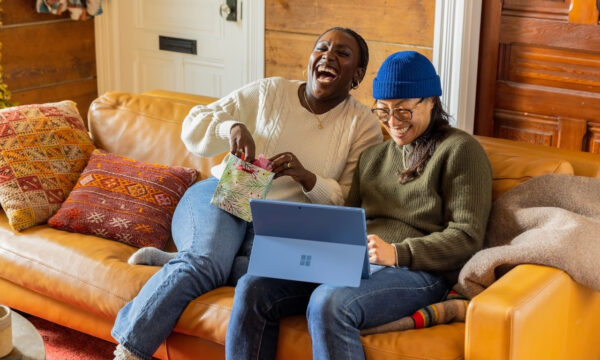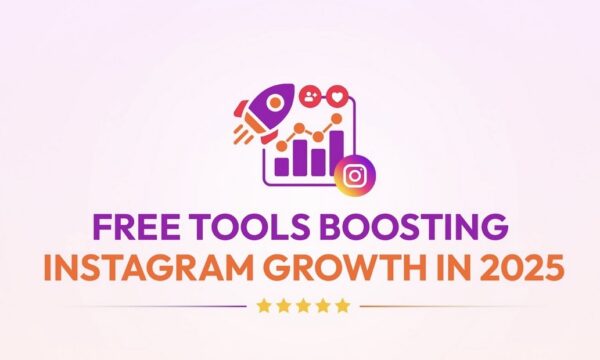Second-screen sport: Why watching the game is no longer enough

For millions of sports fans across the UK, the match no longer ends when the final whistle blows. Whether it is football, cricket, or Formula 1, the action now continues on the screen in your hand. According to Ofcom’s Online Nation 2025 report, nearly two-thirds of adults use their phones while watching television, a habit that has turned passive spectating into interactive participation.
From checking fantasy team scores to joining live chats, fans now experience the game across multiple platforms at once. The traditional idea of sitting back and watching has evolved into something far more dynamic. Today’s supporters analyse, predict, and debate in real time, all while streaming the same match as everyone else. For many, the second screen is not a distraction from sport, but a way to feel closer to it.
Where fans watch together… apart
The digital terrace has become as lively as the real one. Supporters gather online to comment, react, and share in the moment. BBC Sport’s Live Text Commentary keeps millions refreshed minute by minute, with fans replying, debating, and cheering from their sofas. Sky Sports’ fan polls and YouTube live chats run alongside big matches, giving viewers a space to vote on tactics or predict the next goal.
Some fans go a step further, exploring prediction and comparison platforms, including betting sites not on GamStop, to track live data and follow performance trends across multiple sports. It works because the same design logic that keeps supporters engaged on social media or fantasy apps, instant updates, ranking systems, and feedback loops, fuels the excitement of staying connected between every play.
Radio and podcast communities also play their part. TalkSport’s call-ins and social media threads connect supporters who may never meet in person but share the same ritual of checking scores and airing opinions. These platforms have recreated the sense of belonging once confined to stadiums and pubs, allowing fans to experience sport together, even when apart.
The rise of real-time insight
Statistics, once reserved for analysts, have become part of the everyday viewing experience. Opta, the UK-based sports data company, delivers live analytics to broadcasters including Sky Sports and the BBC. Its figures power everything from player heat maps to expected-goals models, transforming how audiences understand the flow of a game. In 2025, Stats Perform (Opta’s parent) won “Broadcast Technology of the Year” for its OptaAI Studio, which analysts at BBC Sport used during Euro 2024 to turn intricate match dynamics into compelling, real-time storytelling for viewers. This high-fidelity data, layered with AI insight, elevates what was once hidden into clarity, making every pass, run, and switch visible in new ways.
The Premier League’s Fantasy Football app adds another layer of immersion, turning stats into friendly competition among millions of users. Meanwhile, apps such as SofaScore’s UK feed and the BBC Sport app make live metrics and player comparisons available in real time. These tools do more than inform; they invite participation. Every possession, shot, and save becomes a talking point shared across screens and timelines.
That appetite for deeper understanding has reshaped how people watch. The modern fan is not just an observer but a participant, reading the game as it unfolds and joining a wider conversation that never really stops.
Designing the digital matchday
Behind every tap and refresh sits a design team focused on making engagement feel effortless. Broadcasters have invested heavily in how digital sport looks and feels. Sky Sports’ mobile interface prioritises simplicity, offering instant access to scores, highlights, and discussion without interrupting the flow of viewing. BBC Sport’s responsive dashboards are built around clarity, allowing users to track key moments with just a glance.
Experts from the Design Council have described this as user-centred design; technology shaped around people, not the other way around. Notifications arrive at the right time, colours guide the eye, and menus remain simple enough for fans of every age to navigate. The goal is not to distract from the action, but to make every moment more accessible, whether you are on the sofa or the train home.
A game that never stops
Second-screen culture has changed the rhythm of sport in Britain. What once lasted ninety minutes now continues through group chats, data updates, and post-match breakdowns. Yet the change has brought more than just constant connection; it has deepened the bond between fans and the games they love.
Screens have not replaced the roar of the crowd or the tension of extra time. Instead, they have extended it, allowing the thrill to travel further and last longer. Whether it is sharing a reaction on social media, tracking fantasy league points, or watching a clip moments after it happens, fans are more involved than ever before.
The cheer from the terraces still carries through, only now it echoes through group chats, app alerts, and live feeds. For today’s supporters, the second screen is not a distraction; it is part of the joy of the game itself.
The editorial unit

























Facebook
Twitter
Instagram
YouTube
RSS